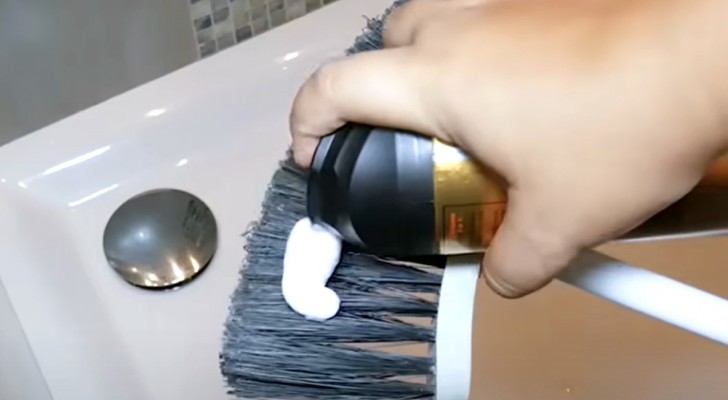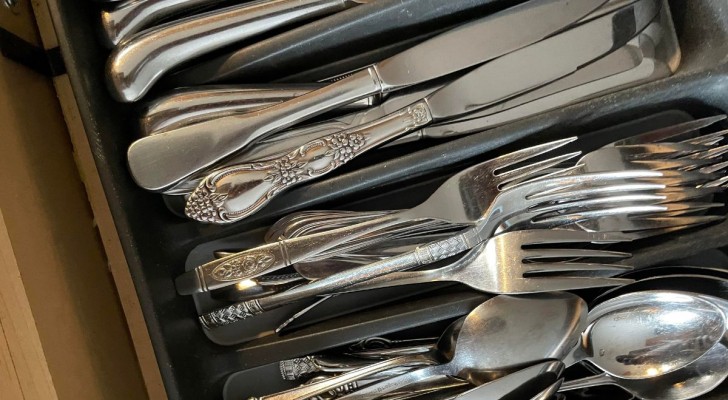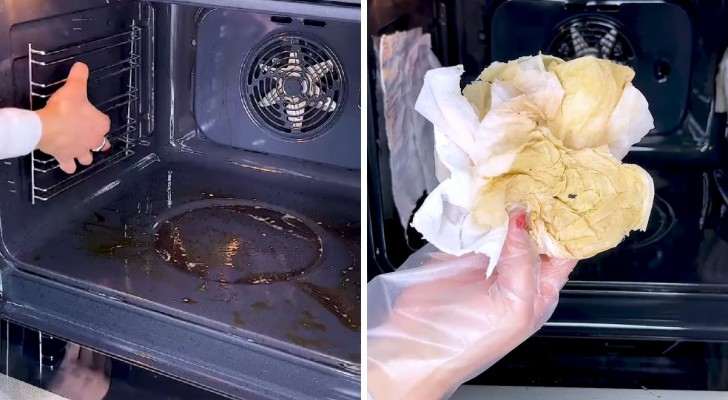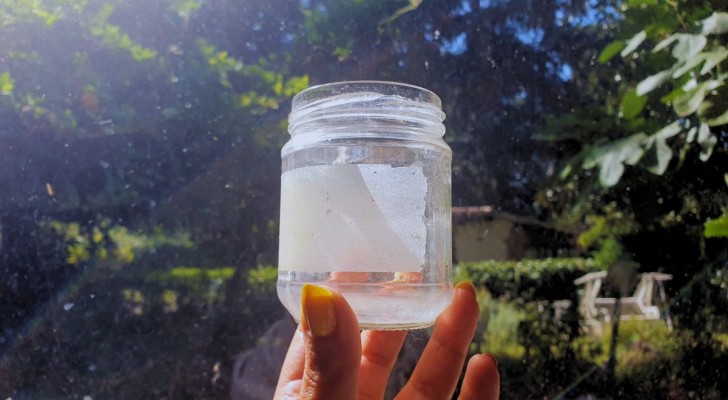Cream of tartar: It's not just useful for baking; it can remove rust and much more
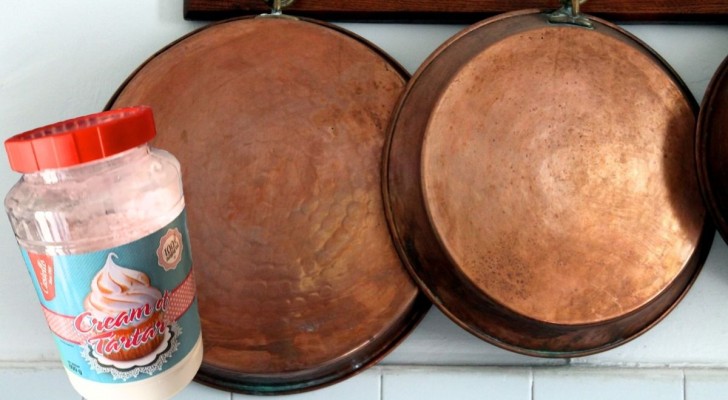
Cream of tartar originates from America and is a leavening agent (like yeast) that is used in traditional cuisines around the world. It was created as a substitute for brewer's yeast or sodium bicarbonate to perform the same function (i.e. getting baked goods to rise).
However, cream of tartar also has other uses - including dirt removal - and is very effective at removing rust.
What is cream of tartar?
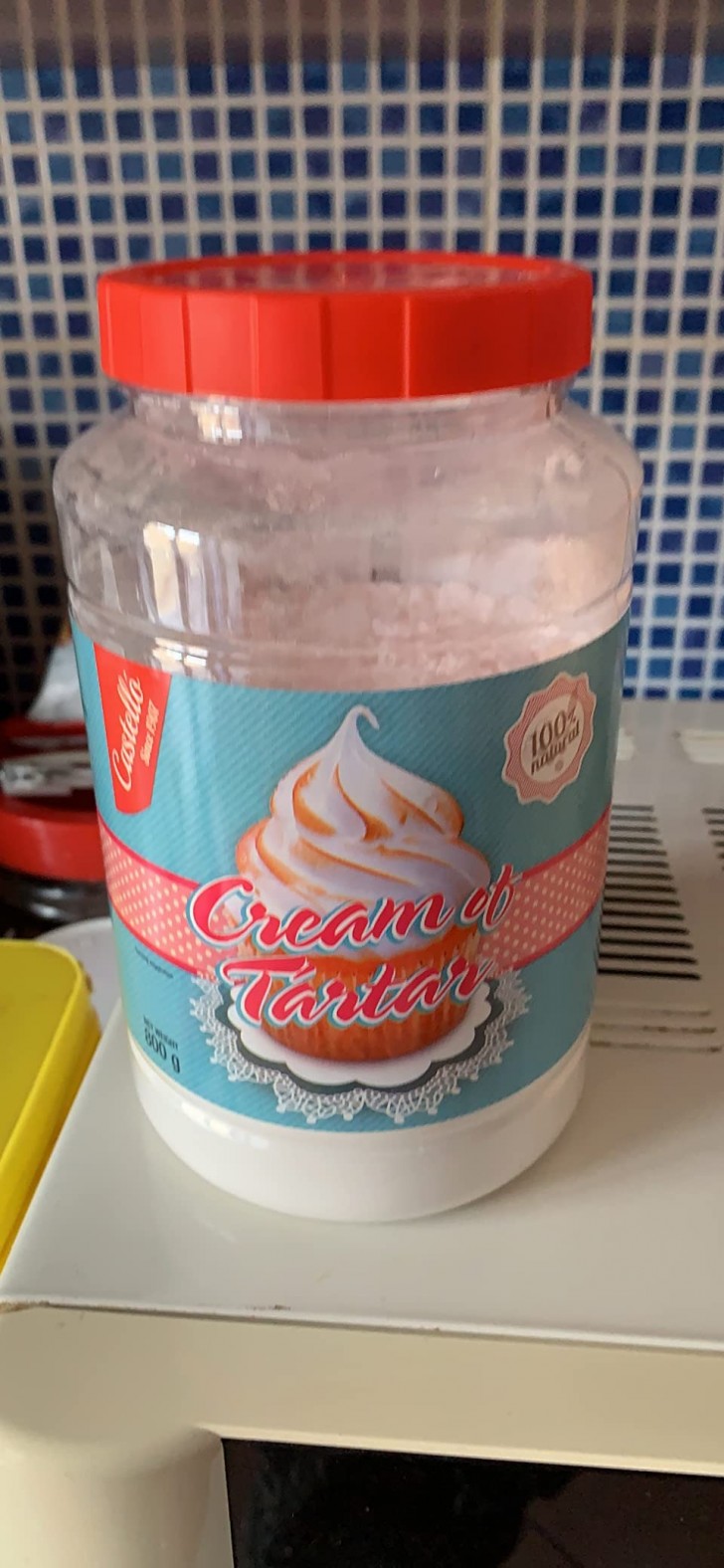
Cream of tartar is a very fine white powder, looking a lot like baking powder. Cream of tartar actually comes the by-products of wine production. Specifically, it is found in the sediment that remains in the barrels after the wine has fermented.
Cream of tartar is edible and is an organic and natural substance. And, as stated, it can be used not just for cooking, but to remove rust.
How to remove rust with cream of tartar
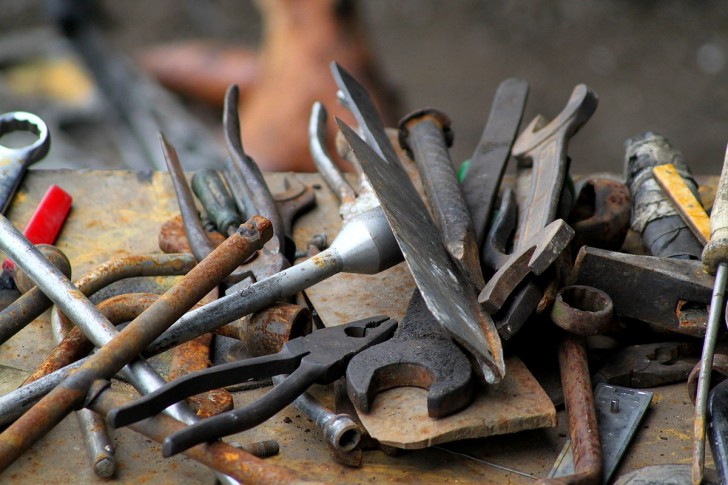
Biser Todorov/Wikimedia Commons
Whether they are rusty work tools or kitchen utensils, cream of tartar can help. The method is very simple:
- In a small glass or plastic bowl, mix a tablespoon of cream of tartar with enough hydrogen peroxide to create a light paste;
- Using a toothbrush, spread the paste over the rust stains;
- Wait a couple of hours;
- Scrub away the paste (and rust) using a hard-bristled brush.
This method also works on kitchen grills, knives or scissor blades.
Other uses for cream of tartar at home

With cream of tartar, you can also restore other hard-to-clean surfaces:
- Copper pots and pans: to make them shine like new again, just mix a little cream of tartar with some lemon juice, forming a cream to rub on the items. Then, remove with a dry cloth.
- Stainless steel: moisten a soft cloth, sprinkle a little cream of tartar on it and rub it on the steel.
- Aluminum: for aluminum items, mix some cream of tartar with regular water, forming a cream to rub on the aluminum surfaces (which can then be wiped off).
It's worth having a jar of cream of tartar at home!
